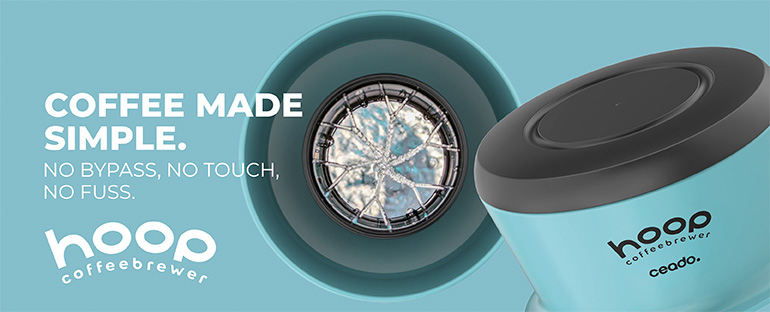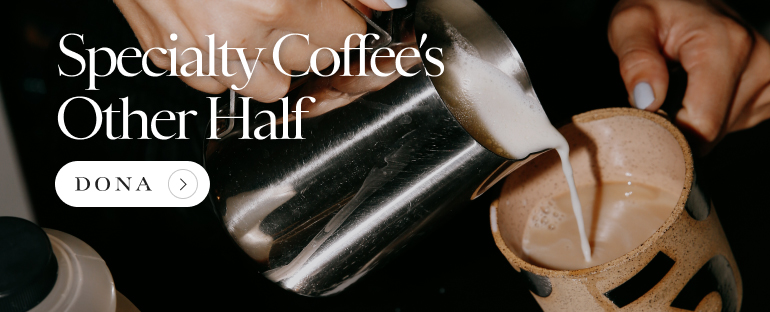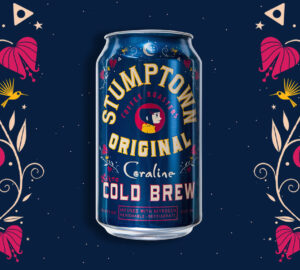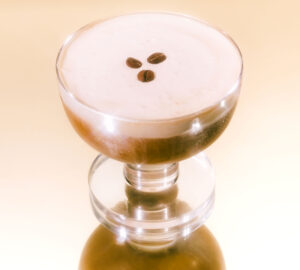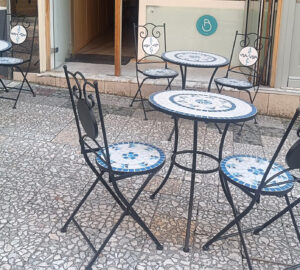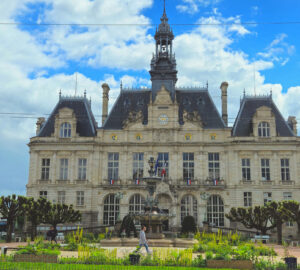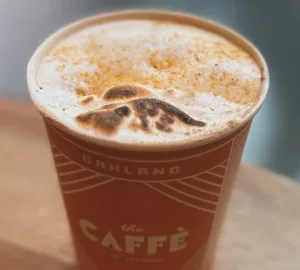
When Jits Krol left the Netherlands for South Korea, he expected to come home with an MBA and some life-abroad experience. He got both, but he also returned with a business plan and a business partner.
The plan: to establish Batavia, a company that sells the cold-drip drink many in East Asia call “Dutch coffee.” The partner: Robert Nijhof, a friend Krol met years earlier when the two were getting economic psychology degrees in Leiden, a city on the Rhine River about 25 miles south of Amsterdam.
Dutch coffee is ubiquitous in Japan and South Korea, and at least a half-decade ago began appearing in specialty cafes across the Anglosphere. You may know it synonymously as Japanese-style slow-drip, Kyoto-style, Oji, and cold-, ice-, or water-drip coffee. Not sure you’ve ever seen a Dutch coffeemaker? Then you’ve never seen a Dutch coffeemaker. One evokes another spacetime, somewhere, at least in this reporter’s cultural-reference frame, between Colonial Williamsburg and Mr. Wizard’s World.

The three-tiered glass receptacle system—supported by a varnished wooden frame or, among the more modern models, polished metal—is handsome and delicate, imposing yet introspective. A top reservoir holds water and ice. Ground coffee goes in the middle reservoir, lined by a filter. A carafe on the bottom collects the liquid, drop by drop. Brewing takes four to eight hours, depending on the device’s make and size.
The contraption and its contents certainly surprised Krol. “In South Korea, Dutch coffee is very big. And I was there, being Dutch, and had never heard of it before,” he says. The first sighting was at a cafe in a Seoul subway station. “There was one of these machines standing there, dripping, and I thought: ‘Wow, that’s really cool.’ So, of course, I wanted to taste it.”
Krol fell for the flavor, though was puzzled by the name. “They told me it was the traditional brewing method of the Netherlands and that all Dutch people drink their coffee this way,” he smiles.
But before dwelling too much on those details, Krol had finished his degree and found himself reunited with Nijhof—in India. Both were working stints in IT management on the subcontinent, where the climate proved conducive to brainstorming cold beverages. “I arrived in 45 degrees [Celsius; 113 degrees Fahrenheit],” recalls Nijhof, “and we were talking about coffee.” They looked for “a cold alternative,” yet the local offerings were disagreeably “really sweet” and “milkshake-like,” commonly made with vanilla ice cream.

“We were thinking: actually almost all the iced coffees that you could get in the Netherlands were about the same,” adds Krol. “I mean, [the Dutch] would use an espresso, not instant coffee, but it would be like a Frappuccino, about 500 calories.”
They envisioned their compatriots appreciating the unadulterated refreshment that Krol enjoyed in South Korea and Nijhof could only dream of from India. After all, the Dutch have a long, pre-21st-century history with filter coffee, taken black. And this particular method, they came to learn, was reportedly invented by Dutch East India Company sailors needing a way to consume the precious commodity without using fire, dangerous aboard a wooden ship.
In March 2014, Krol and Nijhof established Batavia, headquartered in a repurposed grammar school in Leiden’s Zeeheldenbuurt, which translates, aptly, to “Naval Heroes Neighborhood.” By year end, they had developed their own fully automated Dutch coffee brewing system controlled by a computer program that Krol and his brother designed. The machinery, which for IP protection is off-limits to photography, is sequestered in a swooshing, fluorescent-lit cooling cell. Its current production is 300 liters a day.

They bottle the beverage themselves and then off it goes to finer-dining establishments, specialty cafes, wine shops, and private homes throughout the Benelux. Deliveries come with a hand-signed letter explaining what Dutch coffee is, though digital signatures may eventually have to replace the personal touch. Requests for orders beyond mainland Europe are now being filled. And, exceeding expectations, customers are demanding the product year-round.
Batavia distributes eight models of Tiamo Dutch coffeemakers and advises on their usage, but the brand is built on its distinctive cold drips: an Ethiopia Limu roasted by Moyee, a Colombia Santuario roasted by Bocca, and an Ethiopia Yirgacheffe, also by Bocca.
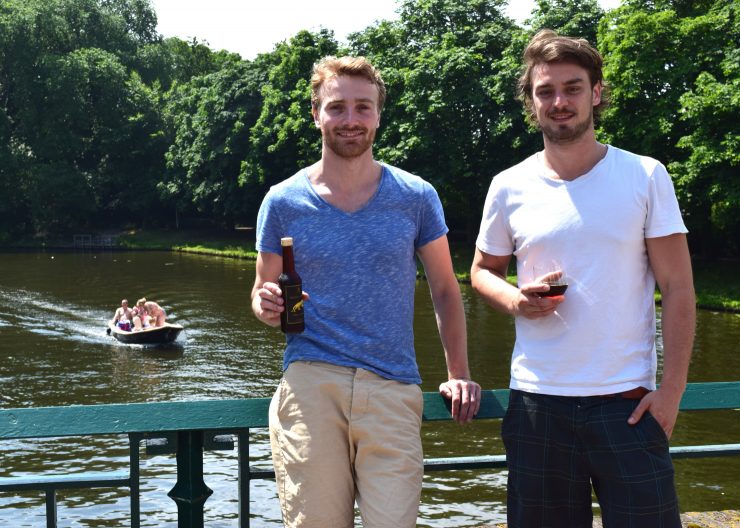
To select the trio, they tested nearly a hundred roasts. Considering their clients’ range of palates, Nijhof says they were vigilant of “the specialty coffee fallacy.” That is, “when you’re really into coffee [and] you start appreciating the more bizarre tastes,” such as one Sidamo candidate that was “insanely sweet and tasted like rosewater.” Yet, there is nothing tepid about any of Batavia’s bottles. As Nijhof emphasizes: “The flavors you get from a cold brew are always really, really flat, and a Dutch coffee is way more layered and more complex.”
The Yirgacheffe, made from unwashed beans, is especially memorable. Its aroma is fruity. Its taste, whiskey-esque. It’s high less like the glow stick-staccatoed trance of Armin van Buuren, the DJ born in Leiden four decades ago, and more like the Golden Age realism of Rembrandt van Rijn, born in Leiden—right around the time those Dutch traders began business in the East.
Karina Hof is a freelance journalist based in Amsterdam. Read more Karina Hof on Sprudge.













